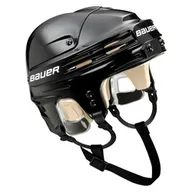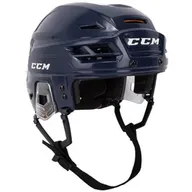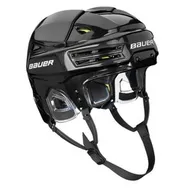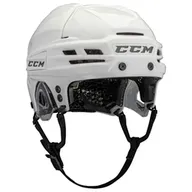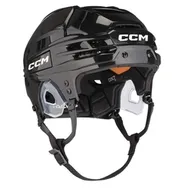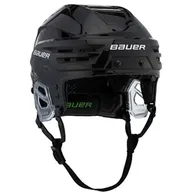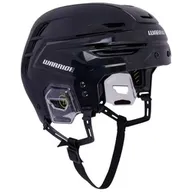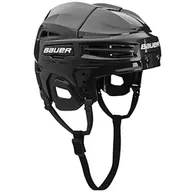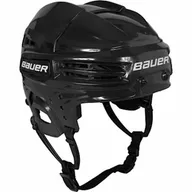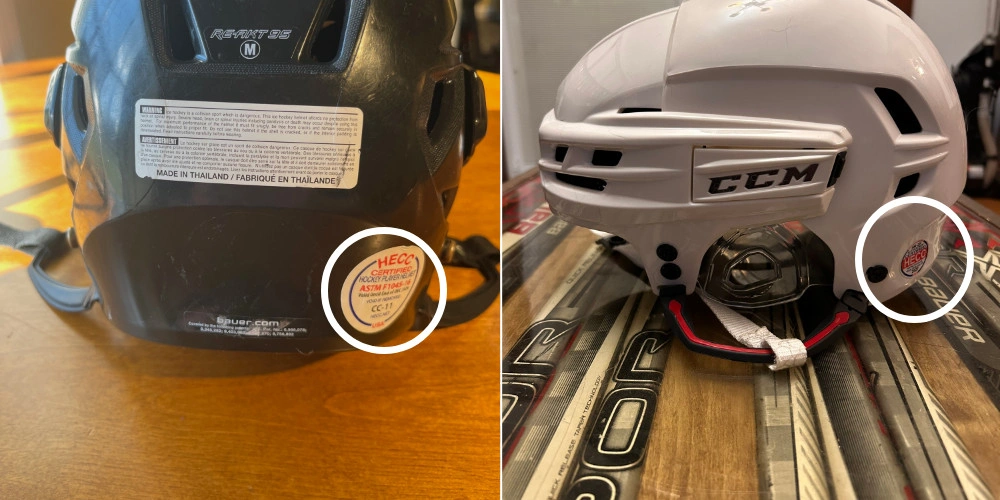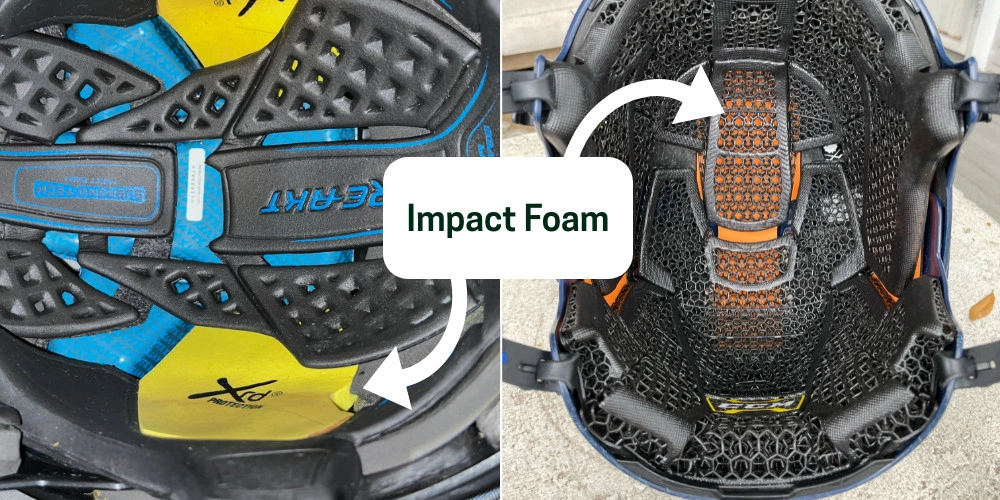Popular Hockey Helmets
See more Popular Hockey HelmetsShop by HECC Certified
Helmets protect you from impact by another player and with surfaces, boards, nets, and other equipment during the game. Hockey helmets are made up of three main components:
The shell is the hard exterior of the helmet, routinely made up of a mix of lightweight and durable plastics or - more commonly in newer helmets - vinyl nitrile. In most cases, this helmet area can be adjusted for fit.
The padding is made of specialized foams, like XRD in Bauer helmets and D30 in CCM helmets, designed to minimize and disperse impact, focusing on key areas of the helmet.
The liner is the inner material of the helmet that contacts the head, made from various foams, gels, and padding. Older helmets combine padding and liners, but modern designs separate them. The padding is strategically placed for impact protection, while the liner focuses on comfort, airflow, and a secure fit.
When it comes to staying safe on the ice, a properly fitting hockey helmet is essential. Here is a step-by-step guide to help you find the perfect size for your hockey helmet:
Measure Your Head: Use a flexible measuring tape to measure around your head, just above the eyebrows and ears, where the helmet will sit. For example, if your head measures 22 inches, you'll use this measurement to find the right size.
Consult the Brand's Sizing Chart: Each helmet brand has a sizing chart. Once you know your head's circumference, look up the sizing chart for the brand you're interested in. For instance, A 22-inch measurement may fall just under "Large" and slightly over "Medium," depending on the brand.
Adjust the Fit. A properly fitting hockey helmet should:
- Sit snugly on your head without being too tight.
- Cover your forehead and sit about an inch above your eyebrows.
- Stay in place when you shake your head.
Use the adjustment features provided by the helmet, such as straps or internal padding, to fine-tune the fit. Ensure the helmet feels comfortable and secure without creating pressure points.
Final Check: Once you've adjusted the helmet, check the fit again. The helmet should not move excessively when pushed or pulled, and provide full coverage of your head for maximum protection.
TLDR? Watch the video here instead:
Safety is always a concern, and even more so in contact sports. USA Hockey recommends all adults wear an HECC-approved helmet and requires all minors at all levels to wear HECC-approved helmets with full face protection attached. Adults in hockey organized under USA Hockey guidelines must wear a helmet, even if it is not certified.
The HECC is an independent volunteer organization that has overseen the standards and test methods for safety validations over the past 40 years. This certification can be found on the back of the helmet, and an expiration date is also provided.
The expiration date is typically 7 years post-manufacture. Although your helmet may not show any physical signs of wear and tear, it will no longer be recognized as certified and valid for organized hockey.
Once you've sussed out the expiration date, identify whether the manufacturer uses impact foam inside the helmet. These proprietary pads are designed to withstand low and high-velocity impacts at high-volume helmet areas. They can often be identified by color - yellow for XRD and orange for D30 - but be sure to read the helmet's specifications
As we learn more about preventing concussions and governing bodies scramble to develop protocols to prevent players, it is important to remember that no helmet is concussion-proof.
Almost all helmets can be affixed with face protection – most commonly, wire cages, full shield visors, half shield visors, or hybrid visors with attached cage. For minors playing under USA Hockey guidelines, it’s required.
Wire cages come in sizes ranging from XS to XL. Although, in many cases, the helmet size and cage size may match, it is important to choose a cage that fits the size and length of the face. The chin cup should settle properly under the chin, not on top of the face – nor should it hover too far off the chin without making contact.
Half visors are most commonly one size fits most. Full visors come in Jr, and Sr. Jr is recommended for XS and S helmets, while SR is recommended for M and up.
Hybrid cages will be sized the same as wire cages. Full face protection can also provide extra stability and comfort to the helmet, making it important to find the model right for your game.
Buying used gear is a sustainable way to score high-quality items at a fraction of the cost. Not only can you find great deals, but you might also stumble upon rare or discontinued gear that’s no longer available in stores. When buying a used hockey helmet, here's what to look for:
- Check the helmet shell for cracks, dents, or scratches, especially in high-impact areas like the forehead and sides.
- Ensure all padding is intact and in good condition. Check for worn-down spots, holes, or compressed areas in the foam. Verify that internal padding hasn't been removed or excessively worn, especially around the forehead and sides.
- All straps, including the chinstrap and side straps, should be secure and in good condition. Check for frays, tears, or excessive wear.
- Check the helmet's expiration date, usually printed inside the shell or on a label. Ensure it’s not within the next year. Avoid helmets past their expiration date, as they may no longer meet safety standards.
- Check screws for rust or corrosion, especially those for the visor, ear guards, and chinstrap. Rust can weaken screws and cause failure.
- Ear guards should be in good condition. Check for cracks, tears, or wear, and ensure they are securely attached to the helmet.
- If a helmet lacks a cage, verify it has a J hook to secure a face shield or visor. This keeps the shield in place; without these features, the helmet may not provide adequate protection.
